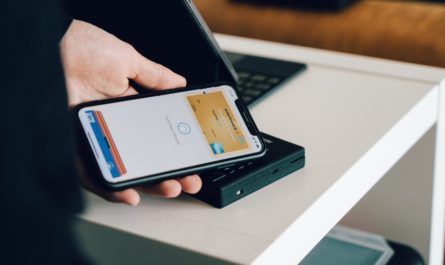Banking identity is largely related to bank account. A concept that has become quite popular in recent years and has become a practical tool for many citizens. Simply put, it is a digital ID card. It is thanks to the bank identity that you can save yourself a lot of documentary work, visits to various institutions and so on. Technology is simply moving forward in this direction.
Secure digital identity
The title of this subtitle is quite telling. The digital identity known as BankID has one goal. Secure communication method with the relevant authorities. And how does the verification process actually work? At first glance, the banking identity looks like a classic online banking login. It is through this that your identity is verified and the counterparty knows that it is really you. You can use it in many situations.
- Energy providers
- Insurance companies
- Mobile operators
In essence, it is proof of your identity without going to a specific destination.With a bank identity, you can save valuable time.
Banking identity in detail
But let's take a real in-depth look at banking identity. If you look at this service from the perspective of the European eIDAS Regulation, it is a means of electronic identification. In the Czech Republic, for example, more than five and a half million people can use such an identity. We will give you other details about this service through the questions and answers below.
These include the drivers' register, the land register, the trade licensing office, municipal portals and the criminal record.
In Sweden, for example, this electronic identification has become widespread. More than 94 % of the population use it.
Verification can take place through the computing technology in question, but also through mobile devices. Exceptions are tokenised systems and SIM card solutions.
The early days of electronic identification in its current form were launched in 2019.
You don't pay anything for this service and it is part of a regular bank account.



